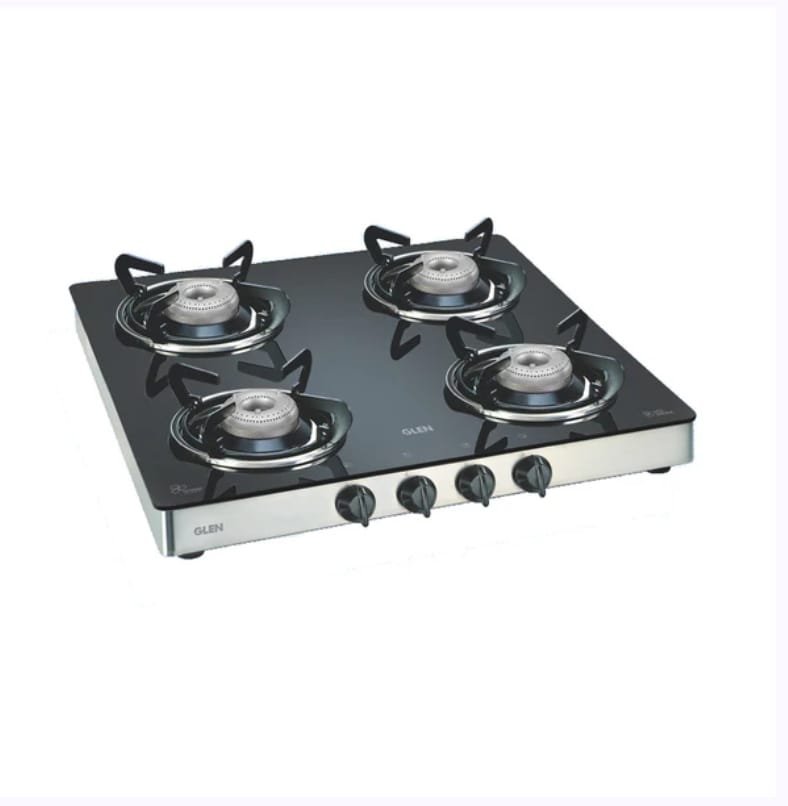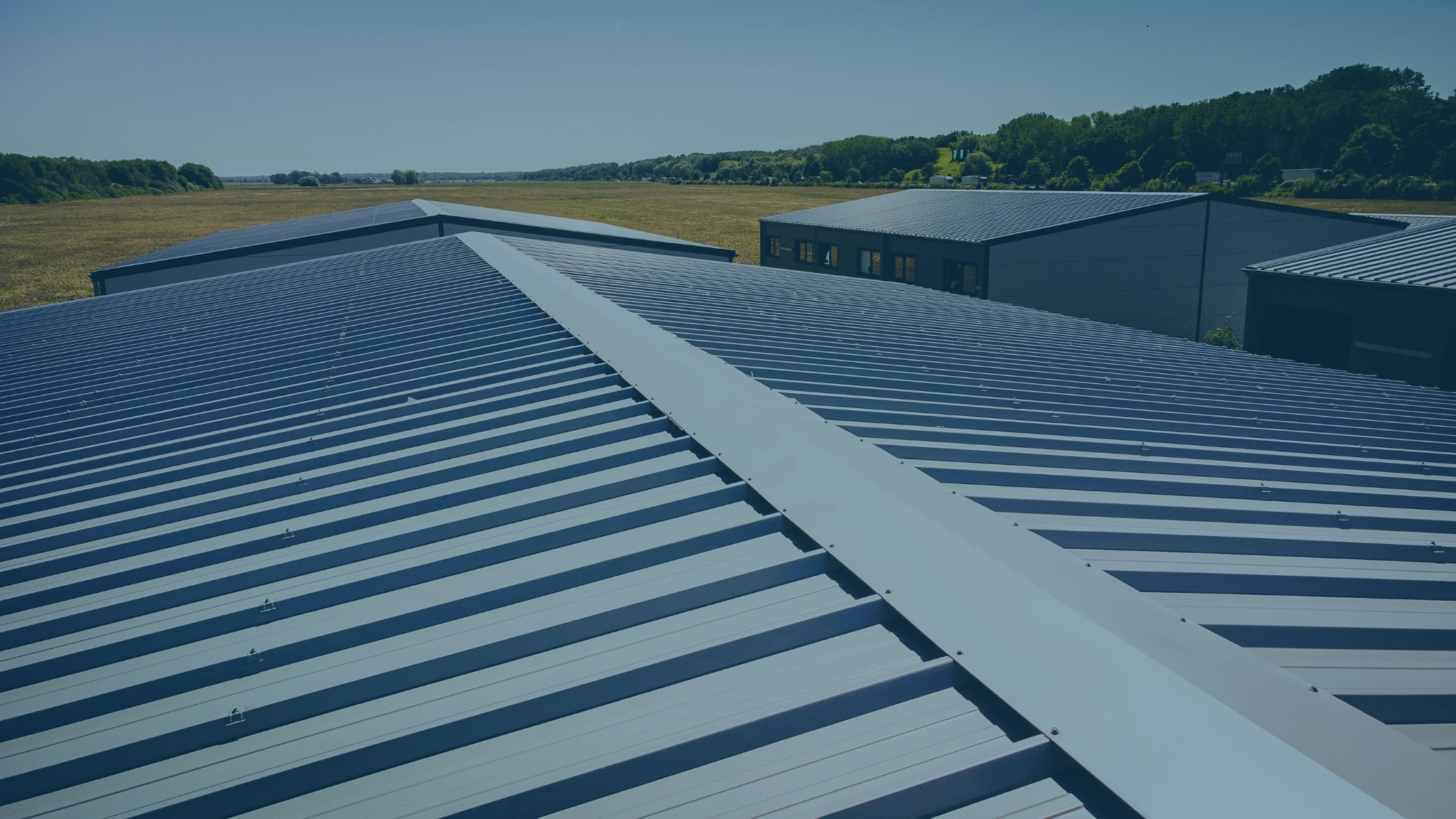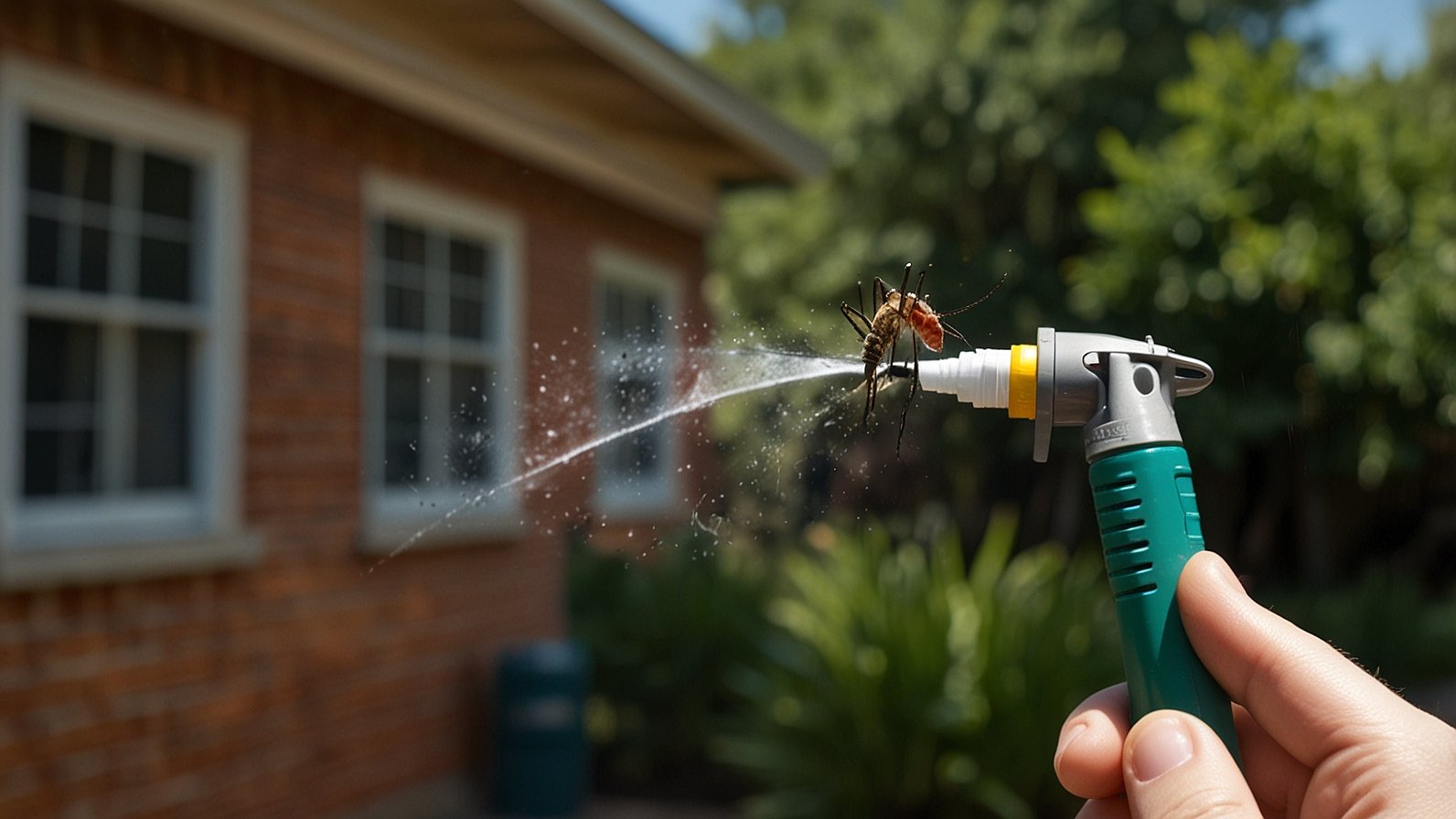Rooftop swimming pools are becoming an increasingly popular feature in modern urban architecture. They combine luxury with functionality, providing a space to relax, entertain, and enjoy panoramic views of the city. However, setting up a rooftop pool is more complex than installing a traditional ground-level pool. It requires careful planning, engineering expertise, and adherence to safety regulations. This guide will walk you through the key steps to successfully set up a rooftop swimming pool.
1. Evaluate Structural Feasibility
Before you start dreaming about your rooftop oasis, the most crucial step is to determine if your building can support the weight of a swimming pool. Water is heavy—one cubic meter weighs about 1,000 kilograms. Combined with the pool structure, decking, and occupants, this can create significant load on the building.
- Consult a structural engineer: A licensed structural engineer will assess your building’s load-bearing capacity. They will check the strength of beams, columns, and the rooftop slab to ensure it can safely support the pool.
- Check building codes and permits: Municipal regulations may have specific requirements for rooftop pools, including safety barriers, drainage, and maximum load limits.
Skipping this step could lead to structural damage or safety hazards.
2. Choose the Right Pool Type
Rooftop pools come in various types, and selecting the right one depends on your space, budget, and maintenance preferences. Common options include:
- Concrete Pools: Highly customizable in shape and size, durable, but heavier and more expensive.
- Fiberglass Pools: Pre-fabricated, lighter than concrete, and require less maintenance. They are ideal for rooftops with limited structural capacity.
- Above-Ground Pools: Modular and lightweight, suitable for smaller rooftops.
Each type has advantages and limitations, so consider factors such as structural load, aesthetics, and long-term maintenance.
3. Plan the Layout and Design
Designing a rooftop pool is not just about size—it’s about creating a functional and visually appealing space. Key considerations include:
- Pool Dimensions: Measure your rooftop accurately. Account for surrounding spaces like seating, planters, or a deck.
- Depth and Shape: Rooftop pools are often shallower to reduce weight. Rectangular and oval designs are easier to install and maintain.
- Decking and Surrounding Area: Use lightweight materials like composite wood, aluminum, or reinforced concrete slabs. Ensure the flooring is slip-resistant and weatherproof.
- Safety Features: Include proper fencing, handrails, and non-slip surfaces. Building codes often mandate certain safety measures for elevated pools.
Working with a professional pool designer can help optimize the space while ensuring structural integrity and aesthetic appeal.
4. Waterproofing and Drainage
Waterproofing is critical for rooftop pools to prevent leaks that could damage the building. Proper drainage ensures rainwater and pool overflow do not accumulate, causing structural or safety issues.
- Install a waterproof membrane: This layer protects the building from water penetration.
- Slope the deck: Ensure the surrounding area slopes away from the pool to prevent water pooling.
- Overflow Systems: Include scuppers, drains, or automatic overflow systems to manage excess water safely.
- Regular Inspections: Periodically check seals and membranes for wear to prevent leaks.
Waterproofing and drainage are long-term investments that protect both your pool and the building structure.
5. Pool Filtration and Circulation
Maintaining clean, hygienic water in a rooftop pool requires a reliable filtration and circulation system. This ensures the water remains safe for swimming and reduces the need for frequent chemical treatments.
- Filtration Systems: Sand filters, cartridge filters, or diatomaceous earth filters can be used depending on pool size.
- Pumps: Choose energy-efficient pumps suitable for rooftop installation.
- Water Treatment: Chlorination, saltwater systems, or UV treatments help maintain safe water quality.
- Automated Systems: Consider automated pool cleaners and chemical dosing systems for easier maintenance.
A well-designed filtration and circulation system is essential for long-term pool health.
ALSO READ: The Perfect Swim Trunk Length: Why 5-Inch Reigns Supreme
6. Heating and Lighting Options
Rooftop pools can be enjoyed year-round with the right heating and lighting solutions:
- Pool Heaters: Solar heaters, electric heat pumps, or gas heaters can maintain comfortable water temperatures. Solar heating is eco-friendly and cost-effective.
- LED Lighting: Submersible LED lights enhance aesthetics and allow safe nighttime swimming. Consider color-changing options for ambiance.
- Automation: Smart systems can control lighting, temperature, and filtration for convenience and energy efficiency.
Heating and lighting add to the luxury and usability of your rooftop pool while enhancing safety.
7. Safety Considerations
Safety is paramount when setting up a rooftop pool due to its elevated location. Implement multiple layers of safety measures:
- Fencing and Barriers: Install secure, non-climbable fencing around the pool perimeter.
- Slip-Resistant Surfaces: Ensure decking materials provide traction even when wet.
- Emergency Equipment: Keep life rings, pool alarms, and first-aid kits nearby.
- Regular Inspections: Structural, waterproofing, and equipment inspections should be conducted periodically.
A safe pool ensures peace of mind for both residents and guests.
8. Landscaping and Aesthetics
Rooftop pools often double as entertainment or relaxation spaces. Consider:
- Planters and Greenery: Lightweight plants in containers can create a natural ambiance.
- Furniture: Modular, weather-resistant furniture optimizes space and comfort.
- Shade Structures: Pergolas, umbrellas, or retractable awnings provide sun protection.
- Privacy Screens: Frosted glass panels or planters can offer privacy from neighboring buildings.
Well-thought-out landscaping makes the rooftop pool a true urban retreat.
9. Professional Installation
A rooftop swimming pool requires expert installation. This includes structural reinforcements, pool installation, plumbing, electrical work, and waterproofing. Hiring experienced professionals ensures:
- Compliance with building codes and safety standards.
- Proper installation of filtration, pumps, and heating systems.
- Minimization of long-term maintenance issues.
For commercial or multi-unit buildings, it is advisable to contact for commercial pools to ensure proper planning and execution.
10. Regular Maintenance
After installation, regular maintenance is critical to preserve water quality and structural integrity:
- Check water chemistry weekly for pH, chlorine, and alkalinity.
- Clean filters and remove debris from the pool regularly.
- Inspect waterproofing and structural components for signs of wear or leaks.
- Winterization: In cold climates, ensure proper winter cover and drainage to prevent damage.
Consistent maintenance prolongs the life of the pool and keeps it safe for use.
Conclusion
Setting up a rooftop swimming pool requires careful planning, precise engineering, and professional installation. From structural assessment and waterproofing to filtration, heating, and safety measures, every step ensures that your rooftop pool is not just visually stunning but also safe and functional.
By following these guidelines and consulting experts when necessary, you can create a luxurious rooftop oasis that enhances both your lifestyle and property value. For those looking to install a rooftop pool in commercial or residential buildings, it is essential to contact commercial pools to ensure expert guidance, compliance, and long-lasting results.
A rooftop swimming pool is not only an investment in property but also a unique retreat that brings the comfort of a resort directly to your home or building. With proper planning, design, and maintenance, you can enjoy the ultimate combination of luxury, functionality, and panoramic city views.
YOU MAY ALSO LIKE: The Perfect Swim Trunk Length: Why 5-Inch Reigns Supreme










